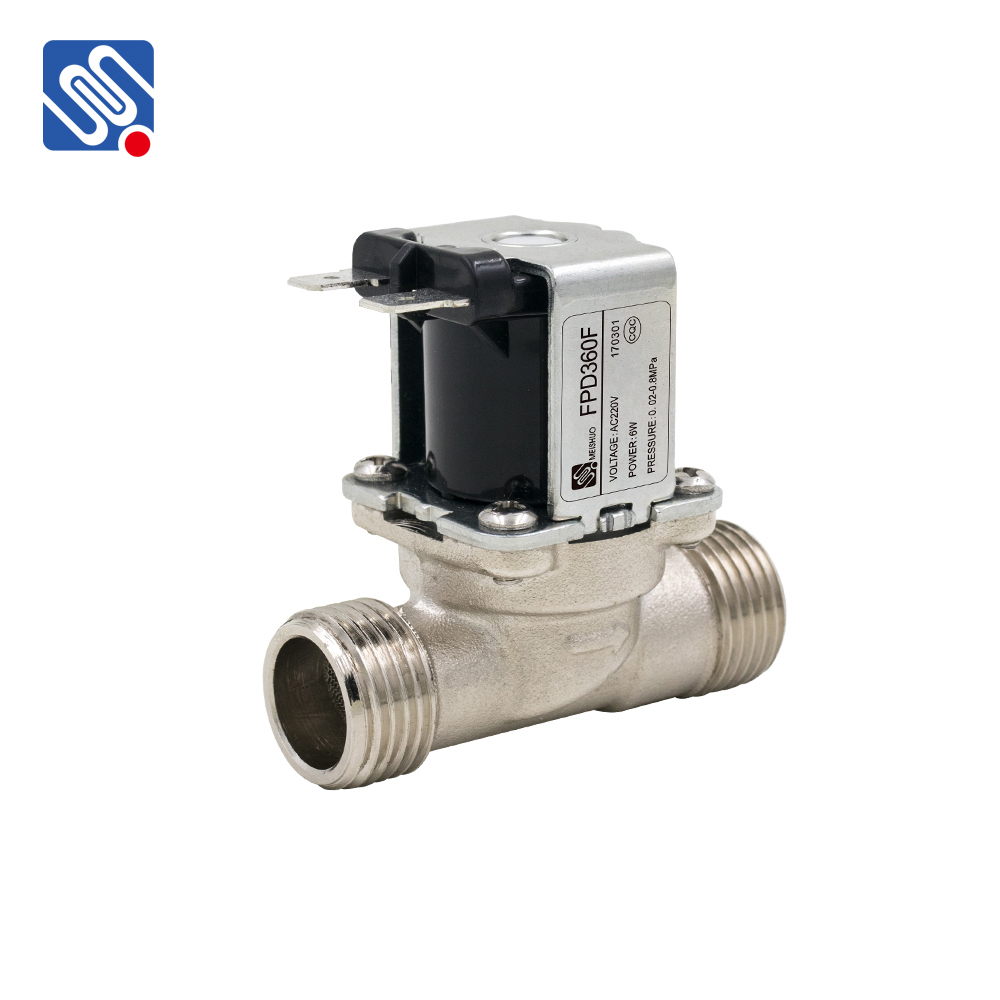Direct Acting Solenoid Valves are vital components in various fluid control systems, providing efficient and reliable operation for industries ranging from manufacturing to healthcare. These valves utilize the direct magnetic action of a solenoid to open or close the valve, making them ideal for controlling small fluid or gas flows with precise timing and minimal energy consumption. This article explores the working principle, advantages, and applications of Direct Acting Solenoid Valves, highlighting their importance in modern engineering.

Working Principle of Direct Acting Solenoid Valve The principle behind a Direct Acting Solenoid Valve is based on the interaction between an electric current and a magnetic field. The valve consists of a solenoid coil, a plunger (or armature), and a spring-loaded valve seat. When an electric current is applied to the solenoid coil, it generates a magnetic field that attracts the plunger, either opening or closing the valve depending on its design. In the “normally closed” configuration, the valve is closed when the solenoid is not energized, as the spring holds the valve seat in place. Upon energizing the solenoid, the magnetic field pulls the plunger away from the seat, allowing the fluid or gas to flow through the valve. Once the electric current is turned off, the spring forces the plunger back into place, closing the valve and stopping the flow.
Leave a Reply
You must be logged in to post a comment.